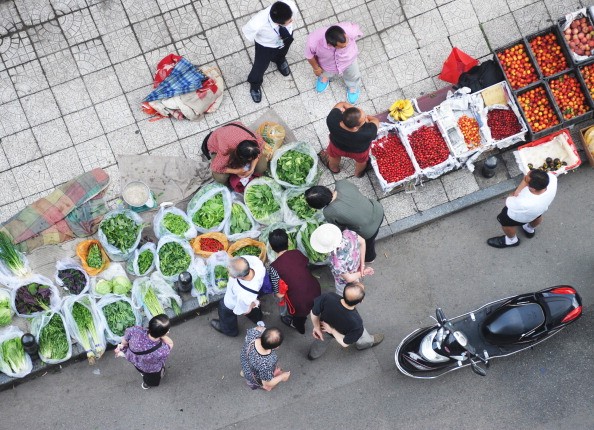China's producer prices grew unexpectedly in December, buoyed by rising commodity prices and strong demand but consumer inflation remained calm, the National Bureau of Statistics (NBS) said on Tuesday, Jan. 10.
Xinhua News Agency cited NBS data which showed that the producer price index (PPI) climbed 5.5 percent year-on-year last month, the highest in more than five years. The PPI is the measurement of costs for goods at the factory gate.
According to the report, producer prices growth started to pick up from 3.3 percent in November and 1.2 percent in October.
Before starting to grow in September, the PPI has been stagnant for 54 months, under pressure from the slowing economy. The current rising trend is seen to continue in January, according to analysts.
Analysts said that the PPI growth indicates stronger profits for Chinese companies and a sign for them to establish a better position at the start of the new year.
NBS senior statistician Sheng Guoqing said that the continuous trend in the PPI rise may be attributed to factors such as the yuan's exchange rate, the rising prices of coal and steel, as well as the steady recovery of market demand as a result of the industrial restructuring.
The PPI dropped 1.4 percent last year, from a decline of 5.2 percent in 2015, the report said.
Meanwhile, the country's consumer inflation remained steady in December, as growth recovered faster.
From a rise of 2.3 percent in November, the consumer price index (CPI), which measures inflation, rose 1.2 percent from 2015. For 2016, the CPI increased 2 percent, which is below the government's annual target of 3 percent. In 2015, the CPI was placed at 1.4 percent, and 2 percent in 2014.
According to Sheng, the basis for higher comparison in the same period of 2015 and weak prices in fruits and vegetables have contributed to the slowdown of inflation in December.
"The inflation data show China's economy ending 2016 on a strong note," Bloomberg economist Tom Orlik said. "Consumer price gains edged down, but an increase in the non-food index pointed to resilient demand. Producer prices rose again, moving further out of the deflationary territory."
Meanwhile, Steven Zhang, an economist at Morgan Stanley Huaxin Securities, dismissed concerns about the PPI surge, which could lead to stagnation, and the central bank's stricter measures and the increase in interest rates.
"China did stress 'neutral' in its prudent monetary policy, but under the aim of preventing asset bubbles and reducing financial risks . . . it is unnecessary to adopt extra measures like rate hikes," Zhang said.
Orlik agreed that the government's monetary policy is limited and the higher PPI readings will only have some mild effect on consumer products.
The People's Bank of China will follow a prudent and neutral monetary policy in 2017 and make improvements to ensure stable liquidity, the bank said during its annual work conference.
The country is also set to present other major economic indicators for 2016, which include GDP, investment, industrial output, home sales and M2, as well as exports and imports.
During a press briefing on Tuesday, Jan. 10, Xu Shaoshi, director of the National Development and Reform Commission, the top economic planner, predicted the same growth rate for the country's economy this year, which will be supported by strong demand or consumption.



























